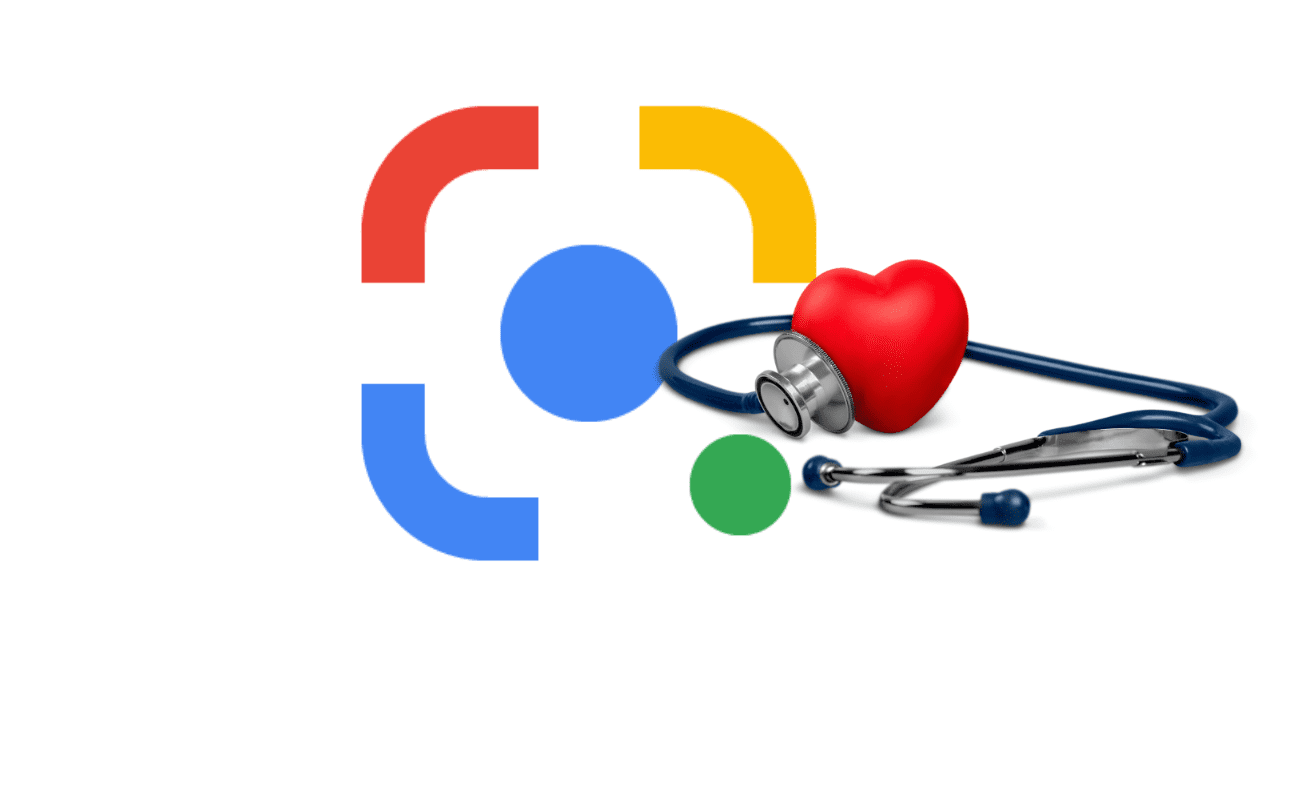Doctors have notoriously bad handwriting, and the struggle to decipher what is written on prescriptions can be a challenge for pharmacists. Luckily, Google has stepped in to solve this problem with its new feature for Google Lens.
This technology will use “assistive technology” to detect medications mentioned in prescriptions, allowing pharmacists to easily read them without having to squint at illegible handwriting.

How The Technology Works
The process of using “assistive technology” sounds complicated but is actually quite simple. Essentially, it uses artificial intelligence (AI) to scan the prescription and quickly recognize the medication name and dosage that are written there.
Once it has done this, it will generate a digital version of the prescription that is easy to read and understand by pharmacists. This eliminates the need for manual interpretation of difficult handwriting or any potential confusion due to misread words.
We’ve started working on the complex process of identifying what’s written on medical prescriptions by building an assistive model to digitise it, using AI, for medical healthcare professionals.#GoogleForIndia pic.twitter.com/XD8YwJ6HBr
— Google India (@GoogleIndia) December 19, 2022
Benefits Of The Feature

This technology will be incredibly beneficial for both doctors and pharmacists alike. For doctors, it means they can write legibly without worrying about their prescriptions being misinterpreted and for pharmacists, it eliminates the guesswork involved in deciphering difficult handwriting.
Furthermore, this feature could help reduce errors when filling out prescriptions as AI is known to be more accurate than humans when it comes to interpreting language.
Conclusion
Google’s new feature for Google Lens promises to revolutionise how prescriptions are processed and filled out by medical staff. By using advanced AI technology, it will be able to accurately detect medications mentioned in prescriptions and generate a digital version that is easy to read and understand by pharmacists.
This feature has many advantages over manual interpretation of illegible writing including accuracy, speed, and convenience; not just for doctors but also for pharmacies who will no longer have to worry about misreading prescriptions due to poor handwriting. It’s still unclear when this feature will become available but one thing is certain—it could change the way we perceive medical care forever!









